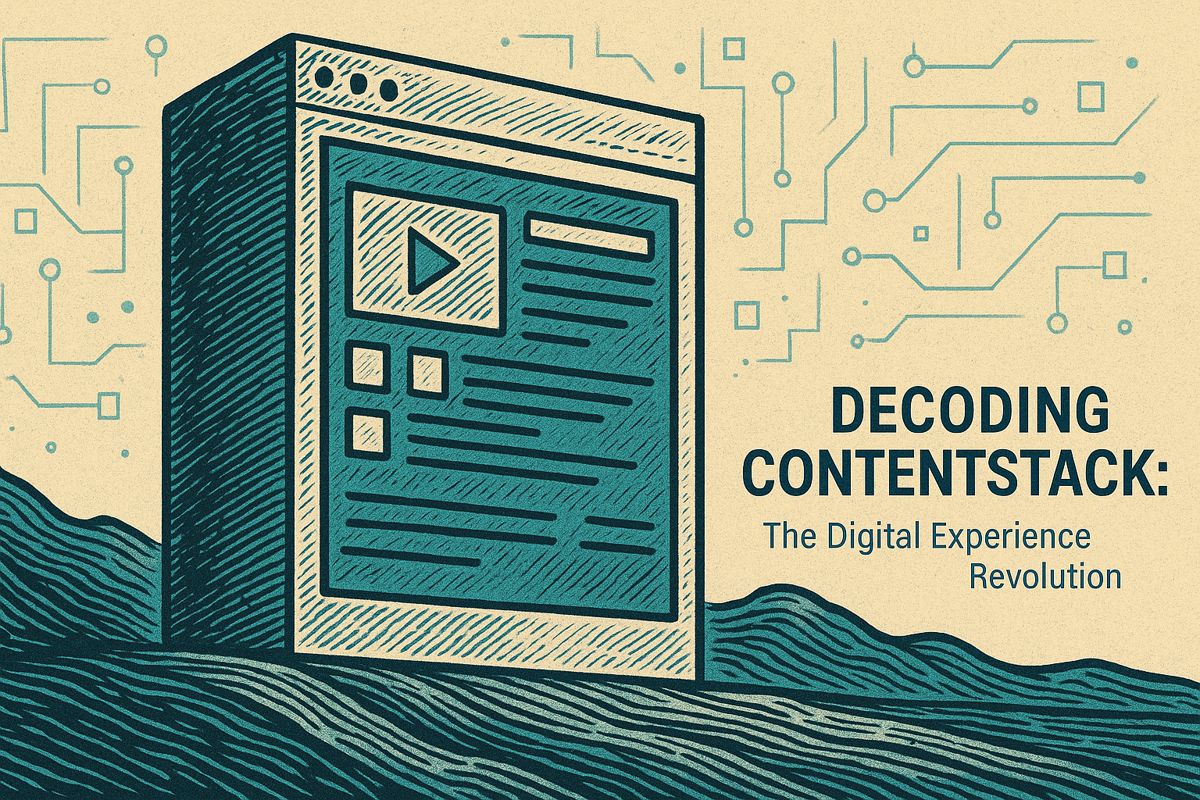The biggest barrier to AI maturity in companies isn’t tech or workers – it’s leaders holding back. Most employees are ready and already using AI, while executives are unsure and slow to act. The fix is to give all workers the right tools, clear rules, and authority to use AI safely, turning them into “superagents.” Companies should follow a focused 90-day plan to set goals, run pilots, and set up strict but simple guidelines. Those who treat AI as a people challenge, not just a tech one, will move ahead fastest.
What is the main barrier to achieving AI maturity in enterprises, and how can it be overcome?
The main barrier to AI maturity is leadership hesitation, not technology or employee readiness. To bridge this gap, companies should adopt a superagency model – empowering employees with AI tools, distributed governance, and clear guardrails – supported by a focused 90-day leadership playbook.
AI investment has never been higher, yet only 1% of companies say they have reached AI maturity, according to McKinsey’s 2025 workplace outlook. The bottleneck is not the technology, nor a reluctant workforce. It is leadership hesitation.
The Readiness Gap: Employees vs. Executives
| Group | Readiness Level | Key Barrier |
|---|---|---|
| *Employees * | 78 % already use AI in at least one task | Tool access, governance clarity |
| *Executives * | 43 % admit they lack clear AI vision | Risk asymmetry, governance gaps |
- Sources: McKinsey 2025 survey, Prosci 2025 change management report*
Front-line teams are testing generative AI faster than their managers can approve the next pilot. Employees are ready; leaders are not.
From Pilot Purgatory to “Superagency” at Scale
The solution is not more pilots, but a deliberate shift to a superagency* * model: giving every employee the tools + authority + guardrails to act as an “AI superagent.” McKinsey calls this the superagency in the workplace approach, defining three pillars:
-
Autonomous Agents – AI systems that can plan, act and learn without constant human oversight.
– Example: Salesforce *Agentforce * lets marketing teams deploy agents that simulate product launches and manage campaigns end-to-end.
– Outcome: 35 % productivity gains in early adopters. -
Distributed Governance – Federated AI councils instead of a single Center of Excellence.
– IBM HR moved AI capability from HRBPs to managers, turning HRBPs into “AI managers” who oversee agent performance and exceptions. -
Guardrails & Feedback Loops – Lightweight approvals, red-team reviews and rollback plans embedded in every workflow.
– Microsoft’s 2025 customer compendium shows firms running 2–4 week micro-sprints with clear metrics and rollback triggers before scaling.
A 90-Day Playbook to Close the Readiness Gap
| Week | Leadership Action | Deliverable |
|---|---|---|
| 1–4 | Create an AI steering committee with exec sponsors | One-page AI vision tied to 3–5 business KPIs |
| 5–8 | Launch two measurable pilots (e.g., customer service chatbot, contract-review agent) | Dashboard showing baseline vs. AI-augmented KPIs |
| 9–12 | Publish guardrails & rollback criteria | Governance playbook + early-win case study |
- Framework adapted from a16z’s 2025 CIO survey and Microsoft case studies*
Breaking Middle-Management Resistance
Common objections and concise counters:
- “Too risky” – Show tiered controls, human oversight, and vendor attestation.
- “No budget” – Frame pilots as revenue-generating experiments replacing manual hours.
- “Not strategic” – Link to board-level priorities and first-mover ROI.
The fastest-growing AI budgets expect 75 % growth next year; the best insurance against risk is controlled experimentation, not delay.
Key Takeaway
Enterprises that treat AI as a change-management problem, not a technology problem, are already outpacing peers. Leadership needs to move from gatekeepers to AI enablers, turning every employee into a superagent with a safety net.
FAQ: Bridging the AI Readiness Gap
How big is the gap between AI investment and actual maturity?
Despite near-universal enterprise investment, only 1% of companies believe they have reached AI maturity. The numbers are striking: 72-78% of organizations globally report using AI somewhere in their operations, yet scaled, ROI-positive deployments remain the exception rather than the rule. This gap is widening as budgets surge – CIOs expect an average 75% year-on-year growth in generative AI spend, with many noting that 2023’s annual budget now equals a typical week’s spend in 2025.
What exactly is blocking AI from scaling in most organizations?
The primary barrier isn’t employee resistance – it’s leadership hesitation, specifically executive alignment deficits and risk aversion. Recent 2025 analysis shows 43% of failed AI initiatives cite insufficient executive sponsorship as the root cause, while middle-management “success trap” and sunk-cost fallacy create organizational bottlenecks. Frontline employees often adopt new technologies faster than management, creating a reverse adoption pattern where innovation is blocked from the top down.
How does the “superagency” model solve leadership hesitation?
The superagency approach combines AI tools with delegated decision rights, creating distributed AI leadership rather than centralized control. Successful implementations like Salesforce’s Agentforce and Microsoft’s multi-agent ecosystem demonstrate this by embedding autonomous AI agents directly into business workflows. These models enable domain teams to own AI solutions aligned to their processes while maintaining shared governance frameworks – effectively bypassing traditional command-and-control barriers.
What practical governance structure enables distributed AI leadership?
Leading organizations implement cross-functional AI councils with federated governance. This includes:
– Distributed decision rights with clear escalation thresholds
– Progressive authorization (greater latitude as teams demonstrate competency)
– Domain-specific AI sandboxes with lightweight approval processes
– Risk-tiered policies that classify use cases by data sensitivity and match controls accordingly
IBM’s shift from centralized HR AI support to managers directly managing AI agents exemplifies this transformation, with HRBPs evolving into “AI managers” who oversee agent performance rather than performing all tasks manually.
How quickly can organizations move from pilot to scaled impact?
The transition window appears to be 2025-2026 for organizations that successfully bridge the readiness gap. Key accelerators include:
– 90-day action plans starting with 2-3 high-impact pilots
– Early win documentation with specific metrics (e.g., 95% email reduction in contract negotiations)
– Cross-functional squads combining business, IT, risk and change management
– Continuous feedback loops through “AI office hours” and internal guilds
Organizations treating AI as strategic transformation rather than IT projects, with strong executive sponsorship and measurable pilots, are successfully transitioning from fragmented experiments to scaled platform operations.



















